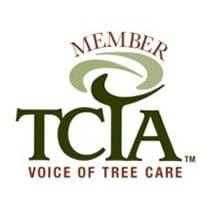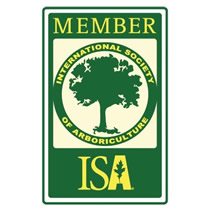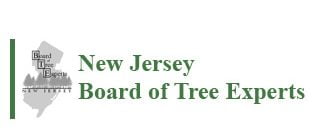Serving Passaic, Essex, and parts of Bergen, Hudson, Union and Morris Counties

Spotted Lanternfly Treatment
Licensed, Bonded, and Insured – NJ LIC #13VH053339900
NJ BOARD OF TREE EXPERTS REG #NJTC76887 – PESTICIDE LIC #91951B
The Spotted Lanternfly will damage trees and make a mess of your property and landscaping. If you’ve seen or are concerned about Spotted Lanternflies on your property:
ACT NOW, CALL TODAY
We will carefully inspect and take an inventory of host plant and tree species on your property. We can then set up the most effective Spotted Lanternfly treatment, management and control program.
Spotted Lanternflies have been an annoyance in NJ throughout Passaic and Morris Counties!
They are currently in their adult stage feeding on woody plants. Timing is everything to achieve the most successful control of any infestation.

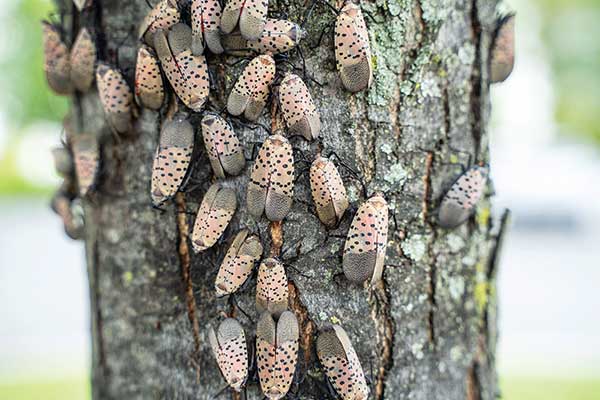
About the Spotted Lanternfly
The spotted lanternfly (Lycorma delicatula) is native to Asia and was first found in Pennsylvania in September 2014.
Since then, populations of spotted lanternfly have reached serious levels throughout NJ and have led to severe damage to trees and certain crops. They have become a terrible nuisance to land and homeowners by damaging trees and landscaping and ruining the enjoyment of outdoor activities.
The spotted lanternfly’s favorite food source is the tree of heaven, but they also are known to feed on fruit trees, red and silver maples, birch, willow, black walnut, grapevines, roses, and others.
Honeydew and Sooty Mold
The Spotted Lanternfly sucks the sap out of the tree and excretes partially digested tree sap called honeydew onto your valuable landscaping, decks, patios, patio furniture, cars, and sheds.
This sticky sugary substance attracts wasps, hornets, bees, and ants. A black fungus called sooty mold grows on the honeydew and accumulates under spotted lanternfly infestations.
This can dramatically affect your landscaped plantings and their ability to photosynthesize; it weakens them and affects their ability to survive.
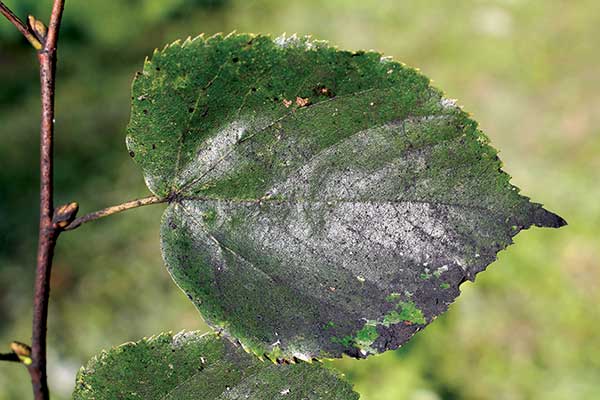
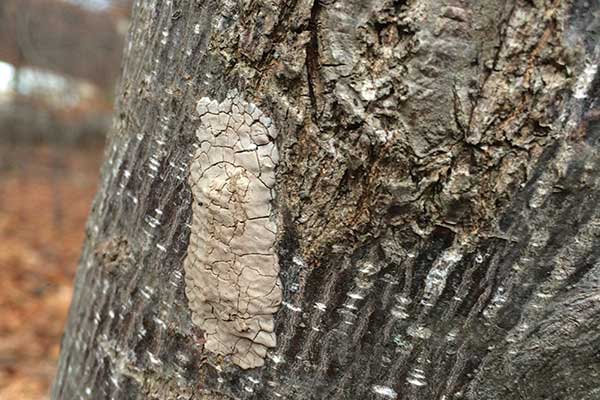
Spotted Lanternfly Egg Masses
Spotted lanternfly egg masses are laid on hard surfaces like trees, stone walls, patio furniture, and even vehicles. They’re often found on the underside of tree limbs, in tree branch crotches, and under surfaces such as a patio table. The egg masses are often found high up in a tree canopy.
Spotted lanternfly egg masses are usually about 1 ½ inches long and ¾ inch wide. Their color varies from brown to gray. After the female lays the eggs, she covers them with a substance to protect them. At first, it’s white and glossy and then dries to a duller grayish brown color. Each egg mass contains 30-50 eggs, and a single female can lay at least 2 egg masses.
Scraping and disposing of the egg masses from trunks and branches can help reduce spotted lanternfly populations, but it is time consuming and tedious work.
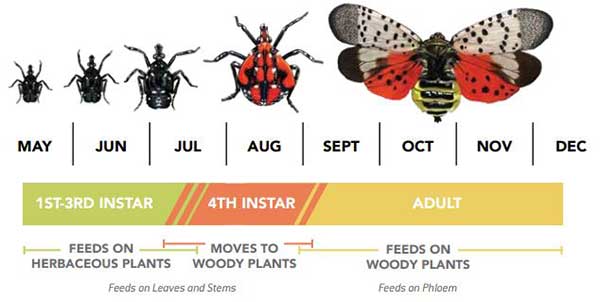
Spotted Lanternfly Life Cycle
The spotted lanternfly goes through the various stages of life. As they do, their feeding habits change.
Early in the season, they are commonly found on understory plants, feeding on the soft stems and leaves.
As they progress into their 4th instar and adult phases, they prefer to feed on woody trunks and branches, sucking the sap directly out of the phloem with their piercing mouthparts.
Safe, eco-friendly treatments are available to control spotted lanternflies
We offer a variety of applications and strategies to manage and control the spotted lanternfly on your property. If you are concerned about the use of chemicals, we offer a technique that includes a direct injection into the tree that eliminates any outside exposure to the product being used.
Contact us for more information


